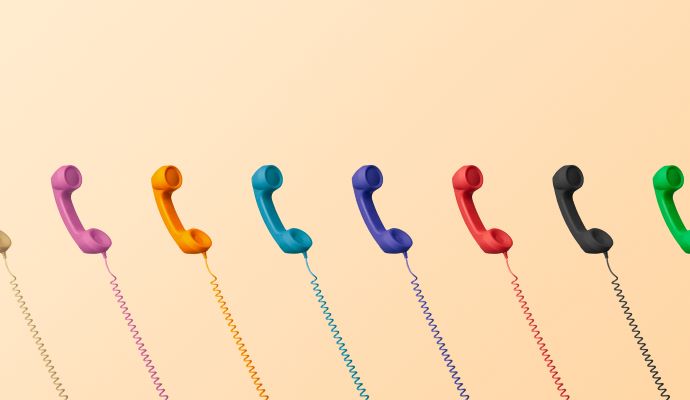Audio-only telehealth boosts heart failure care for Native Americans
Audio-only telehealth enabled the remote initiation of guideline-directed drugs for heart failure among Americans in the rural Navajo Nation, research shows.

Source: Getty Images
- Audio-only telehealth effectively supported heart failure with reduced ejection fraction treatment for Native Americans, leading to improved rates of guideline-directed medical therapy (GDMT) uptake compared with usual care, according to a study published in JAMA Internal Medicine.
GDMT for heart failure with reduced ejection fraction includes four drug classes: beta-blockers, renin-angiotensin-aldosterone system (RAAS) inhibitors, mineralocorticoid receptor antagonists (MRAs), and sodium-glucose cotransporter-2 inhibitors (SGLT2i). Though these therapies have been shown to improve outcomes for those with heart failure with reduced ejection fraction, the study noted that uptake remains low.
Additionally, efforts to improve the uptake of GDMT are lacking, especially those designed for Native American patients, the researchers stated. Thus, they developed a model to initiate and titrate GDMT for heart failure with reduced ejection fraction patients remotely over the telephone in the rural Navajo Nation.
Conducted from February to August 2023, the study included Navajo Nation residents, 18 and older, with a diagnosis of heart failure with reduced ejection fraction. The patients received care at two Indian Health Service facilities.
The researchers divided patients into a telehealth care arm and a usual care arm. For the telehealth arm, the telephone was used to initiate and titrate GDMT, followed by remote telemonitoring with a home blood pressure cuff. The usual care arm participated in routine in-person visits with a clinician.
The study enrolled 103 Native American patients, whose median age was 65. At baseline, 94.2 percent of patients received a beta-blocker, 87.4 percent an RAAS inhibitor, 39.8 percent an MRA, and 43.7 percent an SGLT2i.
The primary outcome — defined by researchers as the proportion of patients with an increase in the number of GDMT drug classes filled at 30 days — was observed in 66.2 percent of patients in the telehealth arm and 13.1 percent in the usual care arm. Thus, the telehealth intervention increased the uptake of GDMT by 53 percent.
Additionally, researchers observed an increase in doses or addition of a GDMT drug class in 79 percent of the telehealth arm and 22.6 percent of the usual care arm.
Though there were no significant differences in total adverse events between the two groups, there were fewer heart failure-related hospitalizations in the telehealth arm and one death in the usual care arm.
Further, 80.5 percent of the audio-only telehealth visits were conducted successfully.
“A telehealth model leveraging phone-based GDMT optimization with remote telemonitoring led to significant and rapid increases in the uptake of GDMT for HFrEF [heart failure with reduced ejection fraction],” the researchers concluded. “This low-cost strategy could be expanded to other rural settings where access to care is limited.”
This study bolsters prior research showing that audio-only telehealth access is critical for underserved groups.
A study published in April 2023 revealed that audio-only telehealth was used at higher rates than video visits in safety net clinics in California during the COVID-19 pandemic. RAND Corp. researchers gathered data from 30 multisite federally qualified health centers (FQHCs) in California for the study. The data was for in-person and telehealth visits between February 2019 and August 2022.
In April 2020, 67 percent of primary care visits were delivered via audio-only telehealth, compared to 4 percent via video-based care. By August 2022, the rate of audio-only telehealth had dropped to 21 percent, while the video visit rate grew slightly to 7 percent.
Additionally, research shows that audio-only telehealth is most commonly used to address behavioral healthcare needs. A study published last December examined early trends in the use of new audio-only telehealth claims modifiers 93 and FQ in Washington state.
According to the analysis, 917,589 audio-only telehealth services were performed in 2022 versus 3.3 million claims for audiovisual telehealth services. Audio-only telehealth claims with modifiers 93 and FQ were frequently utilized for common behavioral health conditions, including anxiety, depression, schizophrenia, and bipolar disorders.
